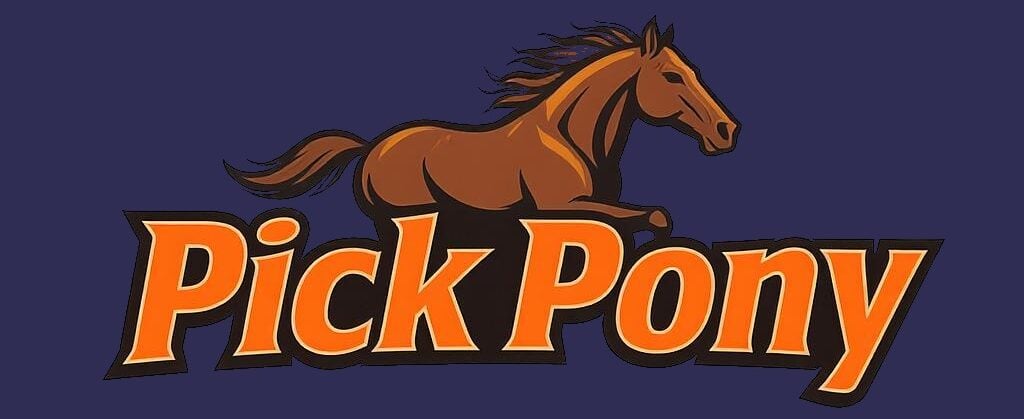Those magical numbers handicappers use (whether they admit it or not) to rank horses in a summary fashion. There are a variety to choose from but the big ones are Beyer, Bris, and TimeformUS. It’s almost a religious experience to some. However, all three companies rely on Equibase data to create their past performances. So which one is the best or most accurate?
How Beyer speed numbers are calculated
Beyer Speed Figures, found in the Daily Racing Form for North American races, were introduced in 1992 using a formula by Andrew Beyer. Their purpose is to offer a numerical representation of a horse’s speed in a race, standardized across various tracks, distances, and surfaces.
Due to factors that can change from day to day or even race to race at the same track, something known as a track variant is used. The track variant considers both the historical average time at the racetrack for the distance in question, called the “par time”, and the average speed for the day in particular. The latter calculation compensates for a racetrack running faster or slower than usual. The Beyer Speed Figure specifically does not consider other variables, such as the early pace or traffic problems a horse may have faced during a given race or how side the horse ran during the race. The figure may, however, be adjusted if the raw numbers are unusual based on the field’s previous performances.
How TimeformUS speed numbers are calculated
TimeformUS includes the pace of the race when calculating their speed figures. They adjust each horse’s final speed figure based on the pace’s difficulty. However, this doesn’t mean a horse will automatically receive a higher final speed figure if it is closer to the pace. It depends on whether the pace was slow or fast. For instance, if the pace was very slow, say 491/5 for the half-mile instead of 461/5, a horse that gains ground on the leaders in the final stretch would receive a higher speed figure. This is because it likely had to catch up to a fast finishing time from the leading horses, overcoming a slow pace.
The default speed figures calculated by TimeformUS also factor in the weight carried by horses. However, if you believe that weight doesn’t make much difference, you can choose to exclude weight from the calculation. TimeformUS offers this option, recognizing that factoring in weights is a personal preference. Remember that “Weight On” is the default setting.
The key difference between TimeformUS Speed Figures and Beyer Speed Figures is that the latter does not include Pace or Weight in their calculations. A horse that finishes a length ahead of another will always have a higher Beyer Figure.
How Bris speed numbers are calculated
Brisnet Speed Ratings for horse races use a computer model to predict race times, not human opinion. Using a tested and proven system, this model examines each horse’s past performances in detail.
These ratings are adjusted to account for daily and location variations, so they can be used to compare performances at all North American racetracks.
The rating system also considers the length of the race. For shorter sprint races, a one-length difference is about 1.5 points, but for longer routes, it’s only about 1 point. This reflects the understanding that a length becomes less significant as distance increases.
The ratings are designed to compare all races, so a sprint rating of 85 is theoretically the same as a route rating of 85. But remember, horses are individuals with their own strengths and limitations, so a horse with a sprint rating of 85 might not perform the same in a route race.


